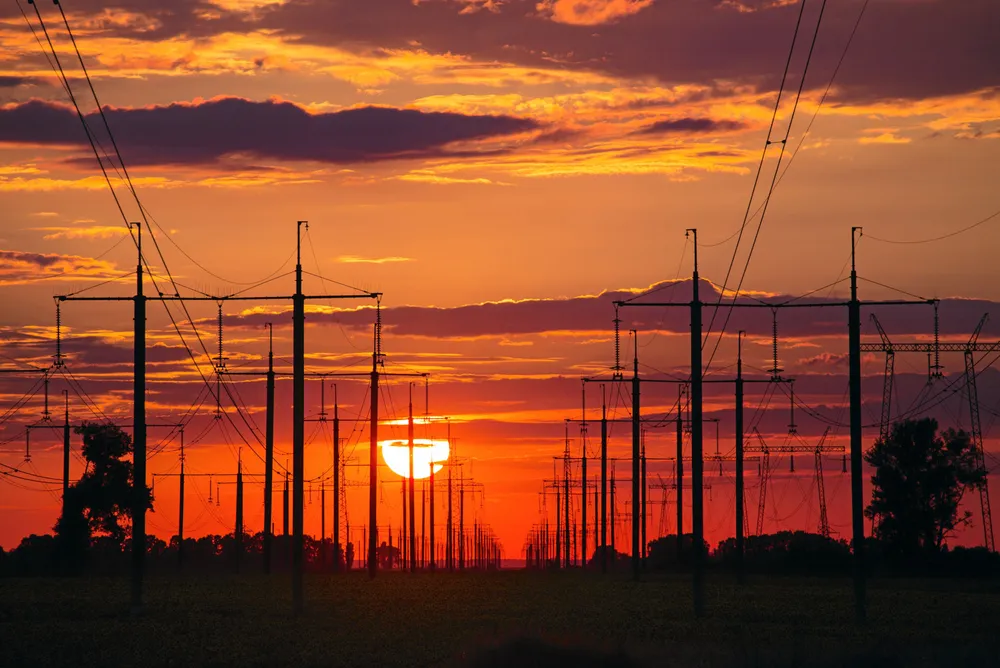US power grid expansion 'matter of national security' in AI era
Transmission buildout has ‘profound strategic implications’ for economy in era of AI, Acore event told

National security concerns and maintaining US leadership in key technologies including artificial intelligence (AI) are raising awareness of the need for massive expansion of the nation’s grid, according to a fellow at think-tank the Centre for Strategic and International Studies (CSIS).
“The past Trump administration, the current Biden administration, and the incoming Trump administration have identified global leadership on artificial intelligence as crucial,” said Cy McGeady, CSIS fellow on power and energy transition.
“And once you once you take that, and then you work downstream, all of a sudden, transmission takes on profound strategic implications,” he added.
The US was ranked first in AI development in a recent study by Stanford University, which found the country invested $67bn last year in the sector, far outpacing second place China at $7.8bn.
AI is behind booming power demand from data centres, particularly in the world's largest hub in Northern Virginia, as well as reshored manufacturing and increasing electrification of the economy.
Virginia's monopoly utility Dominion Energy is forecasting 6% compound annual growth in power demand through 2035.
That data centre cluster is “directly tied into the US national security apparatus, and over the long term, our ability to be the leader in technology and innovation and economic prosperity writ large,” McGeady said.
McGeady was speaking on a panel 25 November hosted by American Council on Renewable Energy (Acore) to discuss the release of a major transmission study.
Bigger than the weather
The study found energy deficiencies in all 12 weather years it analysed, and urged adding some 35GW of inter-regional transfer capacity to the grid to ensure reliability.
Expected retirements of fossil fuel plants without replacement capacity would increase transmission deficiencies, the study found, while noting multiple barriers to transmission expansion.
Lack of clear interregional planning processes likewise raises concerns for the sector, particularly in addressing weather related challenges across multiple regional planning areas.
By “making the grid bigger than the weather, you can counteract the impact of those localised disruptions and much more efficiently meet the needs of your consumers,” said Robert Taylor, US renewables firm Invenergy’s vice president of transmission in new markets.
“You can have less power plant capacity sitting around for these extreme events because you can just rely on your neighbors spare” capacity, Taylor told the panel.
Federal Energy Regulatory Commission (FERC), the nation’s regulator of interstate power sales, is furthering grid expansion with order 1920 requiring regional authorities to conduct long-term transmission planning.
“As much as FERC can do, we still need Congress to act in order to ensure we can get into regional transmission built from a siting and cost allocation perspective,” said Allison Clements, a former FERC commissioner who also spoke on the Acore panel.
This action may be more forthcoming now, said McGeady.
Lawmakers in Washington, DC, are increasingly aware “that we need to think about this transmission issue not merely as a reliability issue, which it is, not merely as an economic value issue, which it is, but as a matter of national social security,” said McGeady.
“Congress and the incoming administration have a real mandate to take seriously the challenge in the electric power sector,” he added.
(Copyright)